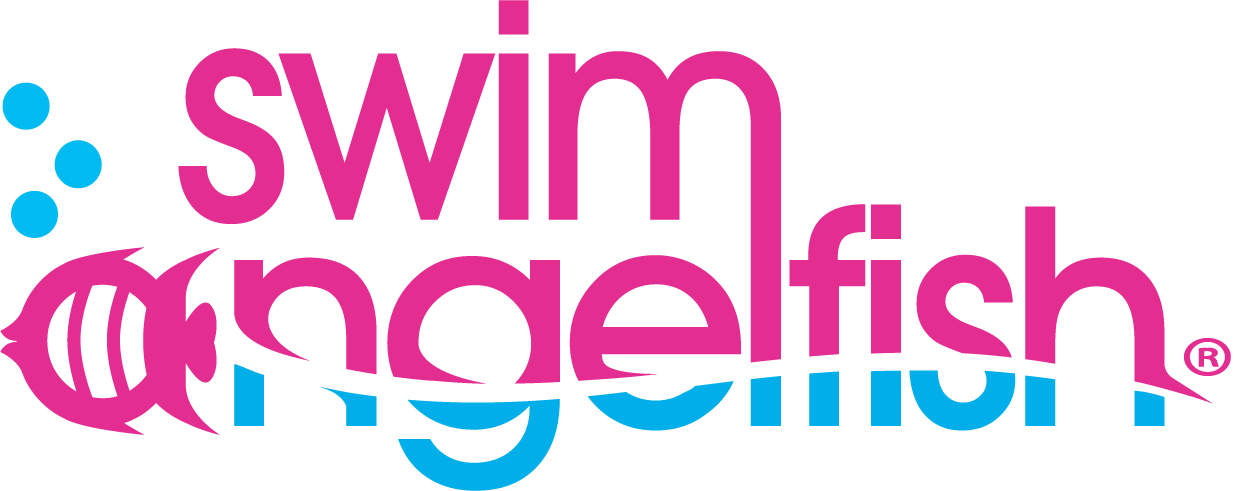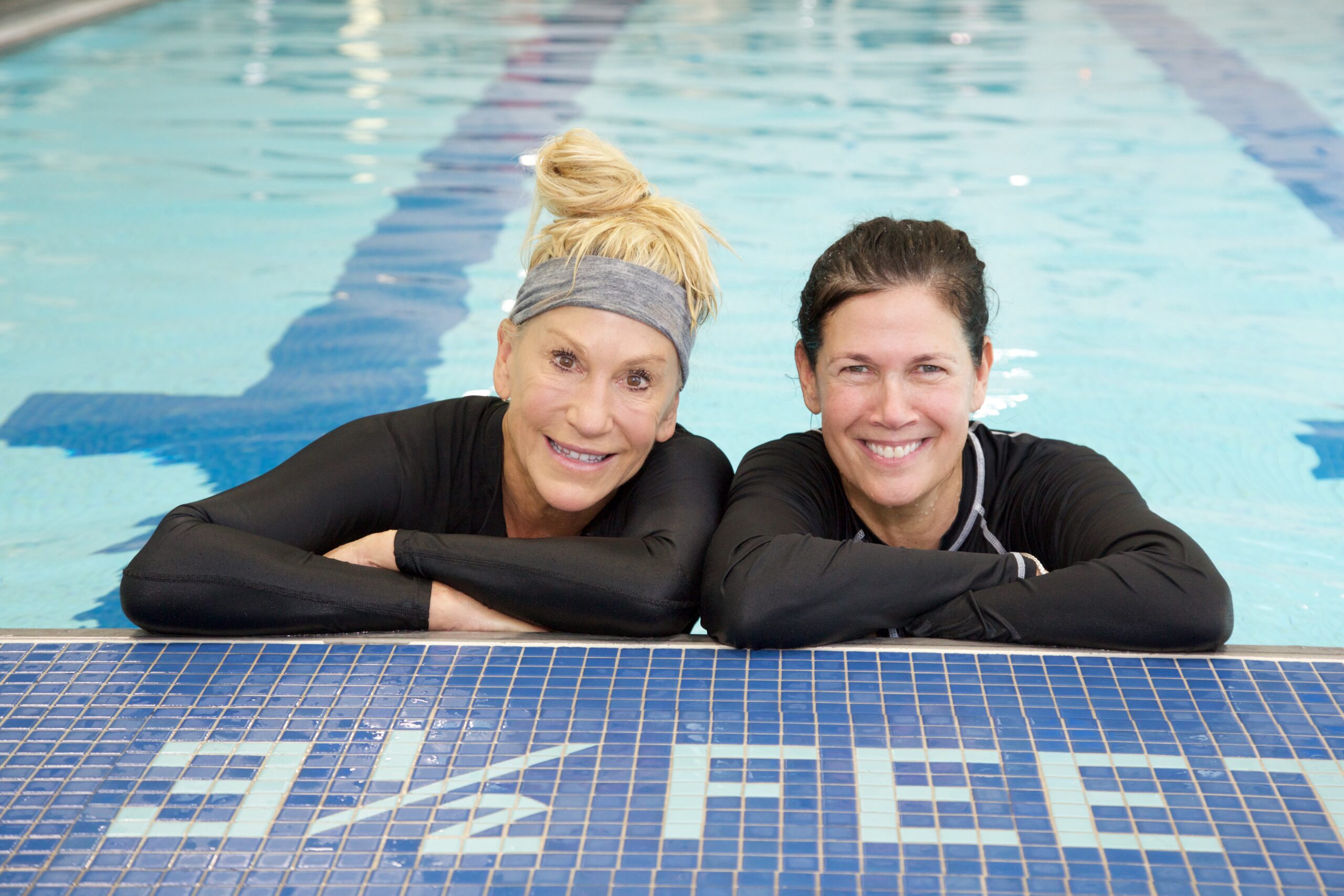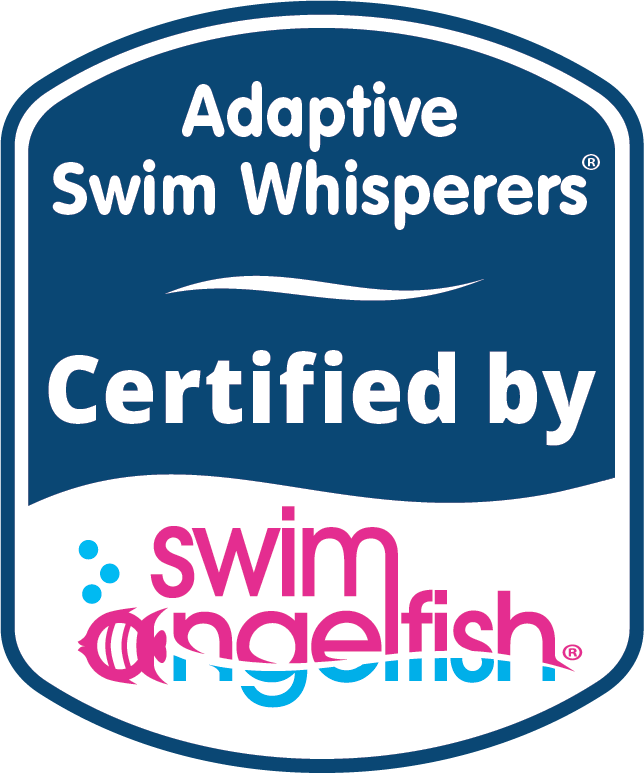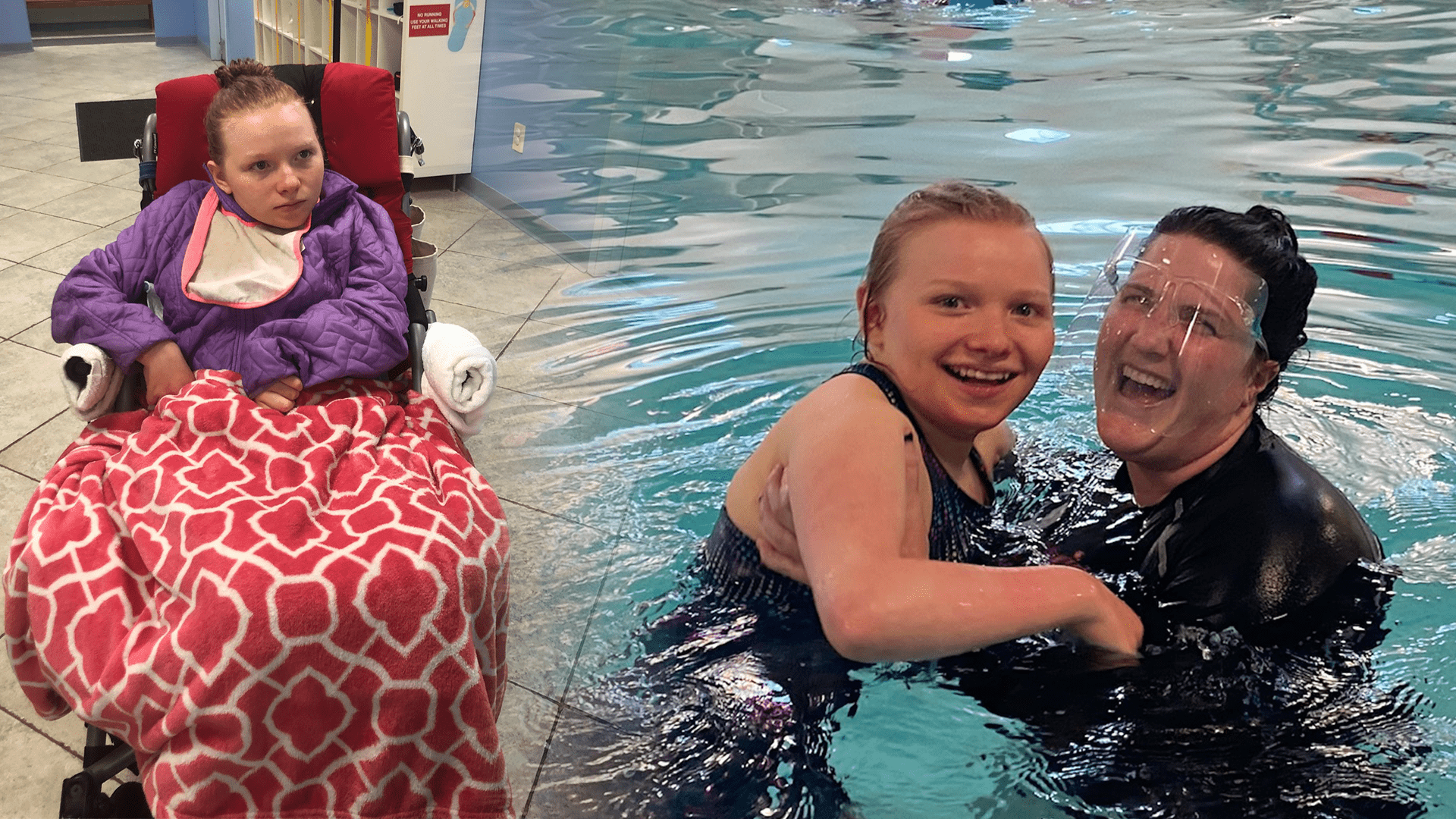
Have you ever considered the path to happiness and independence with swimming for someone with physical challenges? As a physical therapist and adaptive swim lesson provider, helping others achieve independence has always been what I strived for with my clients. I never realized that I could be doing this by using the modality of the water. My career splashed into the pool and, once I experienced the benefits of the water, I was hooked! The results that I have seen in my therapy and swim lesson clients have been life changing.
Imagine moving in an environment where gravity is virtually eliminated. There are many magical properties of the water that allow physically impaired swimmers to literally BREAK FREE. Come with me as we dive deeper into four of those areas related to the properties of the water that make this possible. This article will help you understand the science behind the “magic” of the water in adaptive swim lessons:
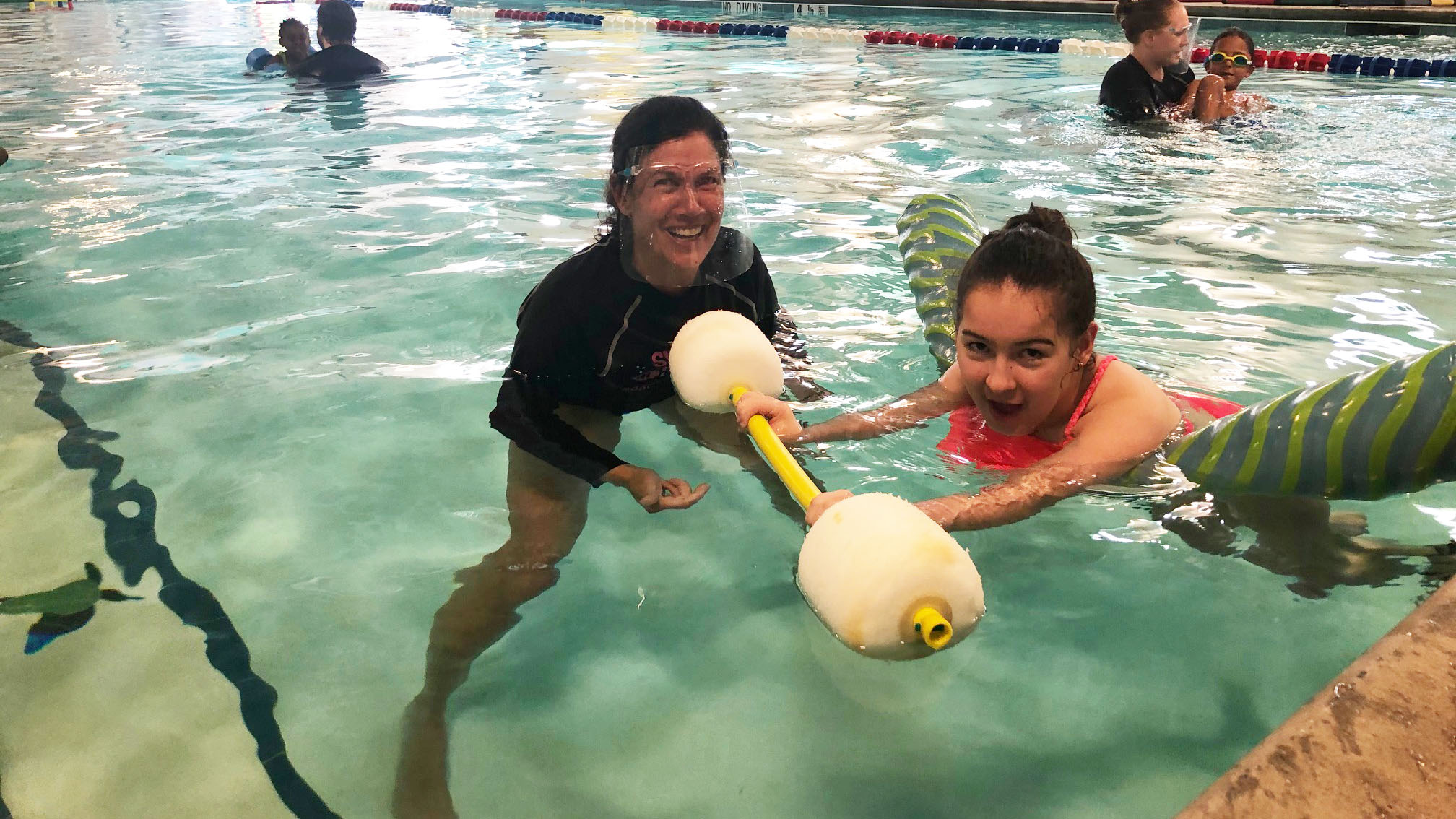
Swimming as a Source of Happiness and Independence
Let me tell you about Charlotte and how being in the water for aquatic therapy has given her so much happiness and independence. Charlotte is dependent on a wheelchair for mobility. She loves movement and lets you know it by rocking and kicking in her chair. When she gets in the pool, her smile is contagious, and she moves her body in a rocking motion to explore the freedom the water gives her. She needs to move as soon as she gets in the water to give her body the input it has wanted but was not able to get while in her wheelchair. Once she satiates that need, she gets very still and quiet, and you can see her face change. She wants to be independent. She works hard to stand initially with equipment to help her, to most recently, entirely independently, just holding one hand. Her confidence and comfort extend beyond her sessions in the pool. She swims with her family on vacations and can now have more independence recreationally around water, which is so meaningful for her. Charlotte can carry over her standing skills that she has achieved both in and out of the water, which has been a huge help in her daily life. Most importantly, she experiences the freedom of movement that only the water can provide for her, which is so essential for her overall emotional, and physical health and well being.
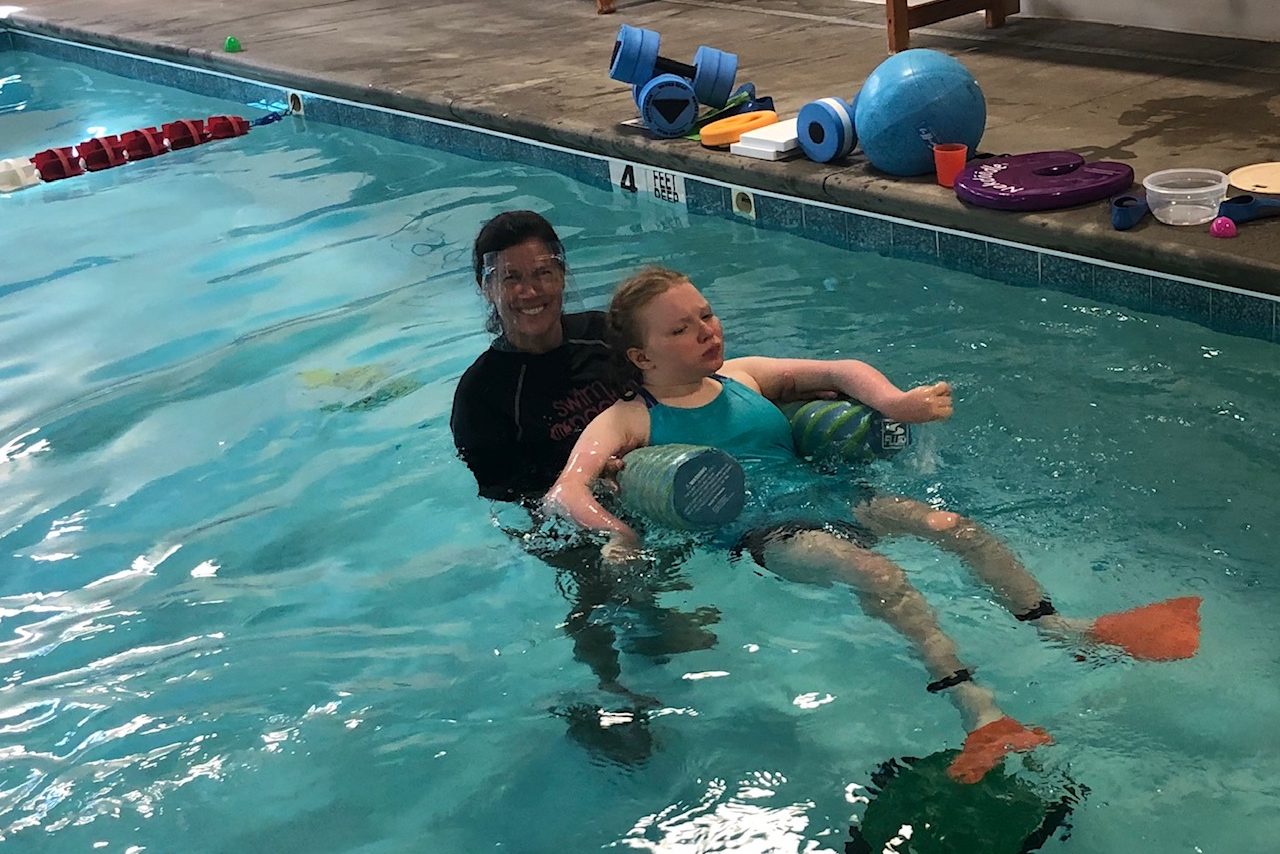
Physically Limited Swimmers Rely on Adaptive Swim
Remember to think outside the box when you are doing your Swim Whisperer® Swim Lessons. Swimmers with physical limitations need you. Many times, this is their only means of aerobic exercise. Not only will you be allowing them to exercise, but you will be reinforcing so many of their therapy goals regarding strength, flexibility, and independent movement. Thanks to you they will be able to enjoy so many wonderful recreational and leisure experiences around water with their families. Adding your knowledge of the underlying reasons behind why swimming may be difficult for these swimmers, and incorporating strategies to overcome the obstacles they are facing, will provide swimmers with physical limitations the opportunity to break free of these limitations in the water. Nothing can be more rewarding than that!
Check out swim tip webinar for more information on how to overcome the underlying problems seen in swimmers with special needs, so that you can achieve more independent swimming.
